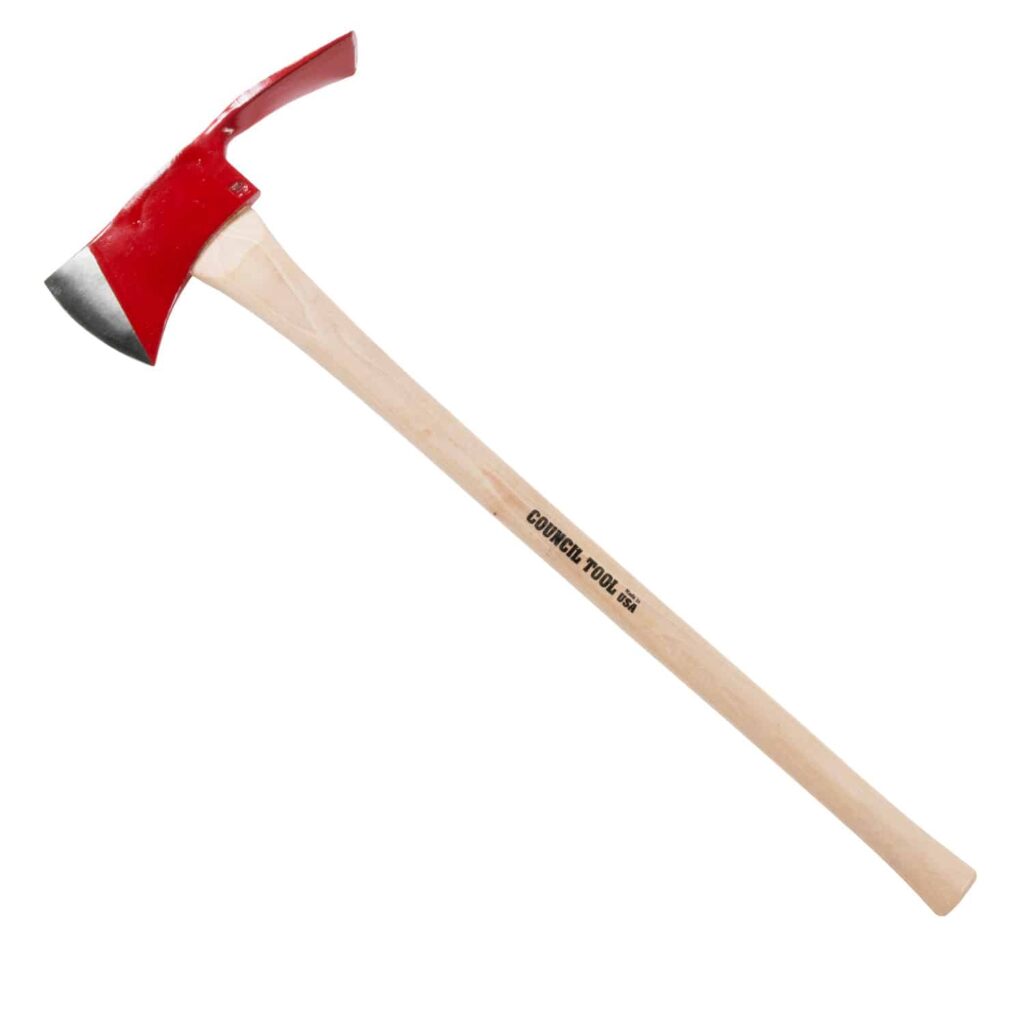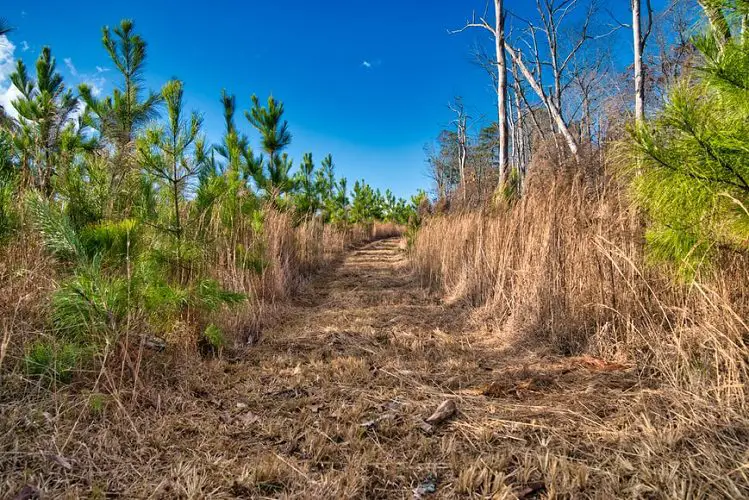To make a firebreak with an axe, first identify the fire’s path. Then, chop down trees, shrubs, and brush in a continuous strip at least 10 feet wide, creating a barrier. Remove debris and rake the soil to expose mineral earth, further reducing flammable material and slowing the fire’s spread.
With wildfires getting bigger, meaner, and more destructive, it’s good to be as prepared as possible. If you don’t want your home to go up in the smoke of a raging wildfire, you would do well to create a firebreak around it. It’s hard work, but there’s nothing complicated about it. This article will show you how to create a firebreak with an axe and a shovel – that’s all you really need!
Read on to find out how to protect your home from wildfires by learning how to make a firebreak with an axe.
Table of Contents
Step 1. Figure out the fire hazards
Are you on a slope? Are there trees around your property? Dry grasses or scrub bushes? These are all fire hazards. That doesn’t mean you have to get rid of everything on your property, but you do have to know the risks to be able to manage them. So here it is:
- Slopes allow fires to spread faster and create a bigger risk of flying embers starting a fire in or on your home.
- Low-growing trees or trees with branches and leaves near to ground level are a fire hazard because they’re easily-accessible fuel. Trunks don’t burn easily, but branches and leaves can create embers and allow the fire to spread to the treetops.
- Dead, long grass and dry branches that haven’t been disposed of are fuel and therefore a fire risk.
- Scrubby bushes are also a fire risk.
Step 2. Get the right tools for the job
There are several tools you can use to create a firebreak. A classic firefighting tool is the Pulaski axe. With an axe edge on one side and an adze on the other, this heavy-duty tool was made for fighting fires. You can chop down bushes, branches, and even whole trees with the axe and then turn it around and use the adze to dig up the earth, turn the soil and make it harder for the fire to spread on the ground.
But if you don’t have or don’t want a Pulaski axe, you can use a regular axe (or anything that’ll allow you to cut or saw through wood) together with a shovel for the same purpose.

Step 3. Clear a perimeter around your house or property
On flat or almost flat ground, keep 30 feet from your buildings clear of any easily-flammable plants. If you can, plant and maintain plants that stay green year-round. Keep any grass short – tall dead grass provides excellent fuel for a fire. After these 30 feet, keep trees thinned for another 100 feet – remove dead or dying trees, and prune off branches up to a height of ten feet.
If the ground slopes more than 20 degrees, extend the 30-foot perimeter to 100 feet. If you live in fire country, like the dry chaparral zone of much of California, the defensible zone should be 100 feet on level ground and 200 feet when it slopes more than 20 degrees. Wind and dry conditions make fires in these areas devastating.
Step 4. Cut tree branches off up to a height of 10 feet
If the fire reaches the crown (tops) of the trees around your property, the danger of a massive conflagration grows much larger. That’s why it’s important to prune tree branches up to a height of ten feet.
You can use whatever tool you’re comfortable with. I prefer using a light, versatile axe such as a Fiskars X10. It’s easy to maneuver and packs a punch, but isn’t as heavy and dangerous as larger axes (remember, you’ll be chopping branches at head height and higher, not firewood on the ground.)
You can also use a folding saw such as a Bahco folding saw or, if you enjoy slicing through branches with ease (or want to get the job done faster), a Japanese-made Silky which has more teeth per inch and cuts through wood faster. The main thing is to get it done. Keep your dead trees felled and removed and the branches of all trees pruned, and you’ll reduce the risk of your property going up in smoke.

Step 5. Remove sources of fuel and flammable material
Do you forget or ignore the dry leaves or pine needles in your rain gutters? Do you have a deck with lots of dry material under it? A big, comfy couch outside your home? If you have cardboard boxes or some other flammable materials on your property, those are all fire risks too. They’re sources of fuel, and a fire can easily start on one of them and spread to your home.
Either move these fuel sources inside, further away from your home, or dispose of them entirely. This’ll provide any wildfire with less fuel to find and consume – and that means less chance of your home going up in flames.
Thanks for reading and good luck!
